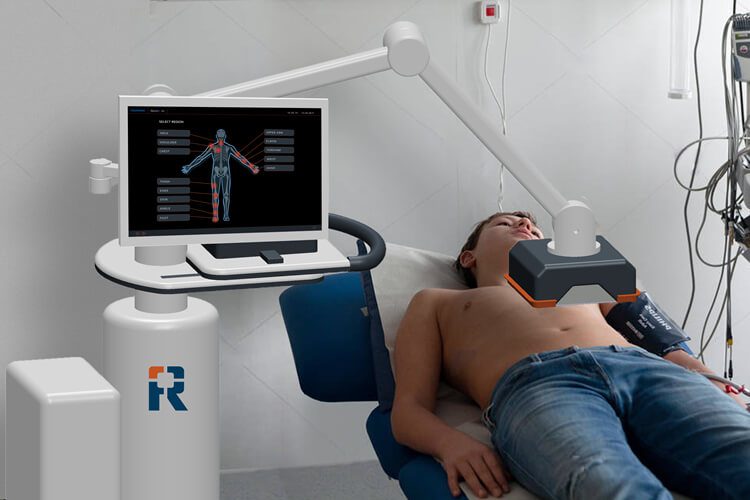A portable, radiation-free alternative for fracture screening may help reduce the need for limited X-rays resources – the equipment, as well as the physical space and specially trained personnel required for X-rays – in a mass casualty incident, such as a radiological or nuclear emergency.
BARDA has partnered with RIVANNA to develop the Accuro XV toward U.S. market entry. BARDA will support the advanced research and development of the Accuro XV from a benchtop prototype to a fully functional, market ready fracture detection device with decision-assist technology to help advance emergency medicine.
RIVANNA®, developers of imaging-based medical solutions, announced that they have received a contract from the Biomedical Advanced Research and Development Authority (BARDA), a division of the Office of the Assistant Secretary for Preparedness and Response (ASPR) within the U.S. Department of Health and Human Services (HHS), for the design and development of a computer-aided 3D fracture detection and diagnosis product, called Accuro® XV. HHS/ASPR/BARDA will provide $11.6 million over 24 months with options for additional funding for supporting further development up to $65 million.
The Accuro XV is a portable, computer-aided, 3D fracture detection and diagnosis system based on ultrasound imaging. The device is intended for rapid, radiation-free, bedside fracture triage. If development is successful, such a device may help reduce bottlenecks in routine care and mass casualty blast trauma incidents by quickly providing a detailed digital visualization of an injury site and determining whether a fracture is present.
This approach may enable emergency departments to fast-track care for the large number of low severity, simple fractures and sprains.
In the wake of any chemical, biological, radiological, or nuclear (CBRN) incident, easily deployable triage tools are needed to help save lives and enable a rapid response. Blast-related trauma typically includes multi-system, life-threatening injuries that demand swift triage and treatments either in the field or in the emergency rooms. Overwhelming numbers of trauma patients are anticipated in the immediate aftermath of a CBRN incident, and it is vital to conserve X-ray resources for the highest priority patients. The Accuro XV helps make that possible by enabling rapid triage of fracture severity.
Additionally, the Accuro XV’s cart-based device is designed to be portable, which would enable the device to be deployed in multiple environments. These features could help meet the CBRN Burn/Blast Program’s objectives of improving care by reducing bottlenecks and of addressing care of fractures and extremity injuries, which account for more than half of all injuries in mass casualty incidents. The advancement of field-deployable equipment aligns with BARDA’s commitment to developing medical countermeasures that are fast, accurate, and able to be used in a wide array of settings.


